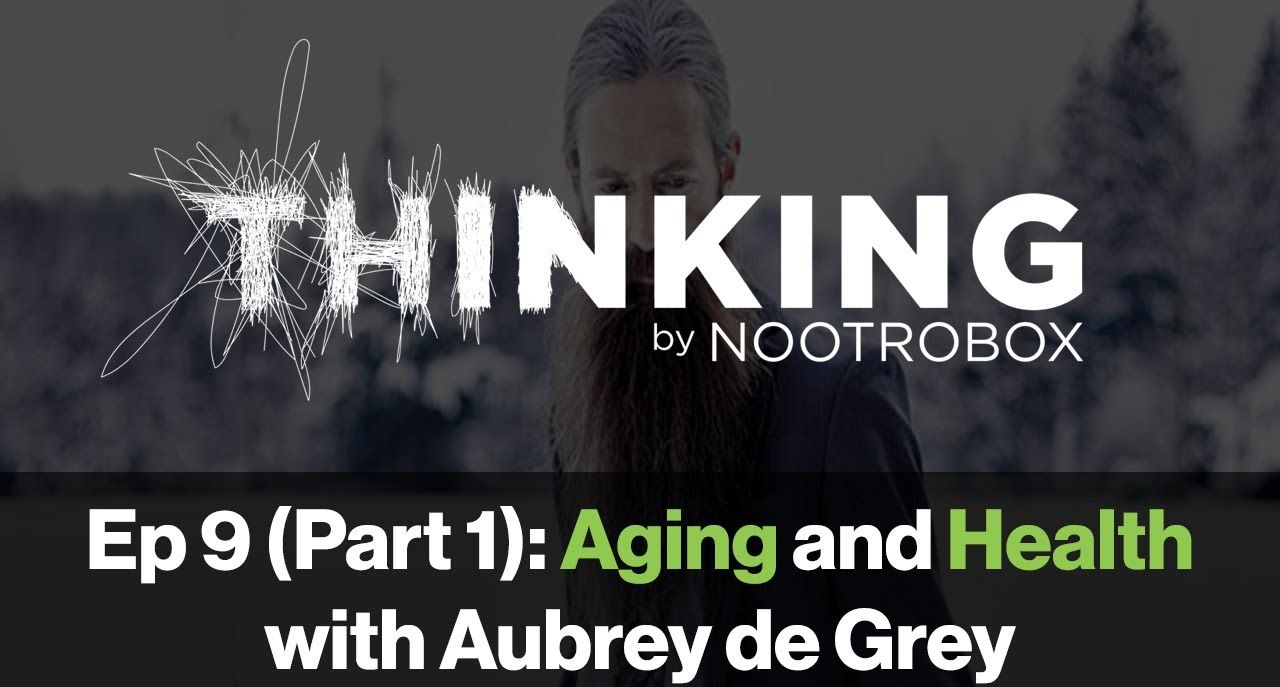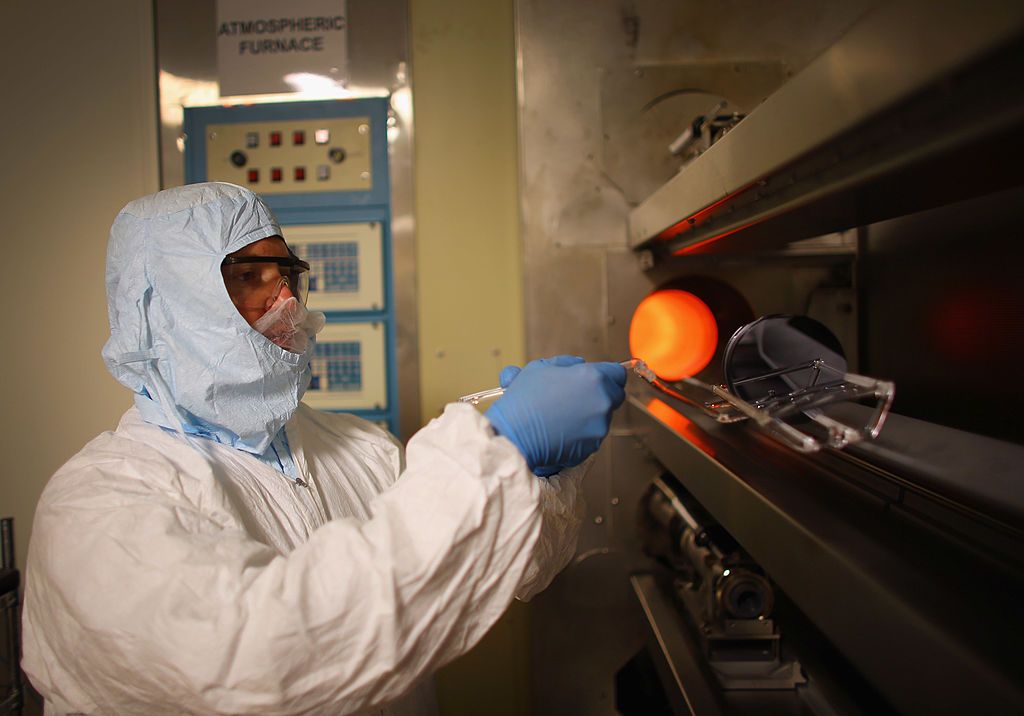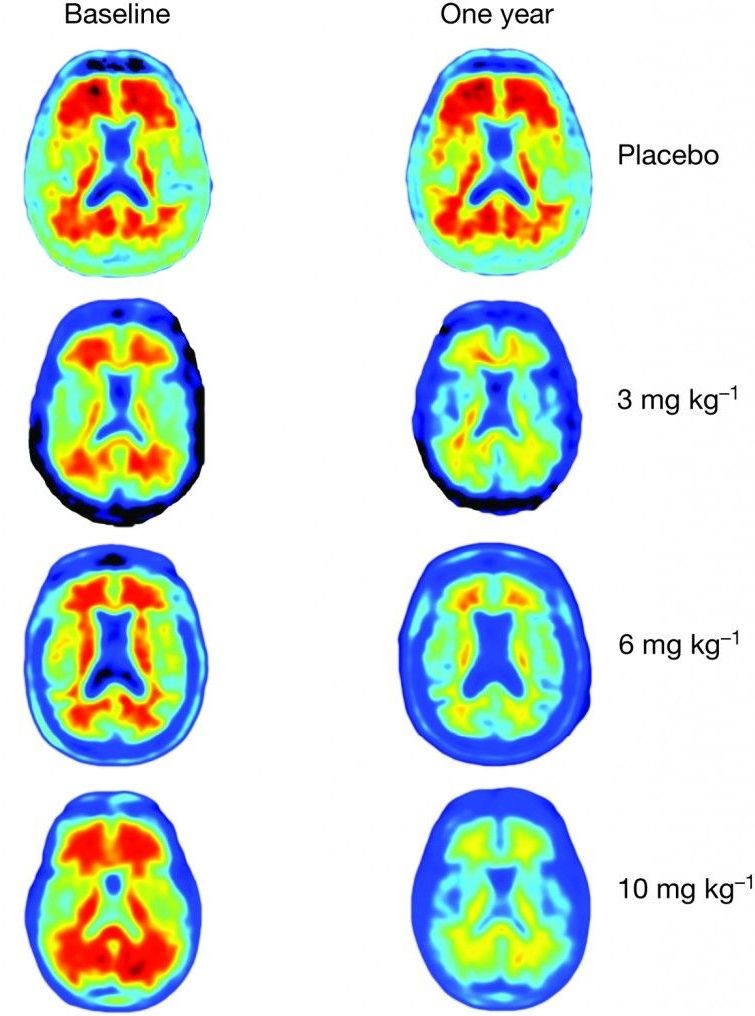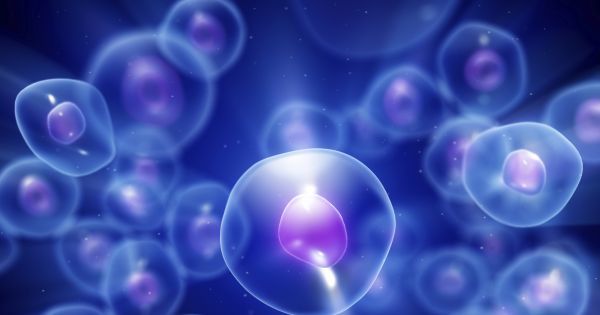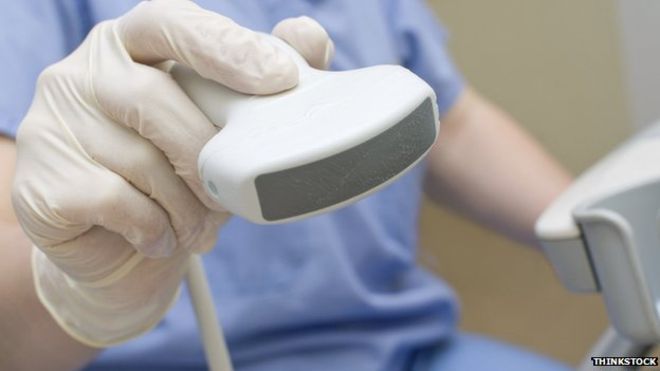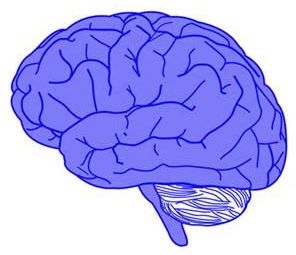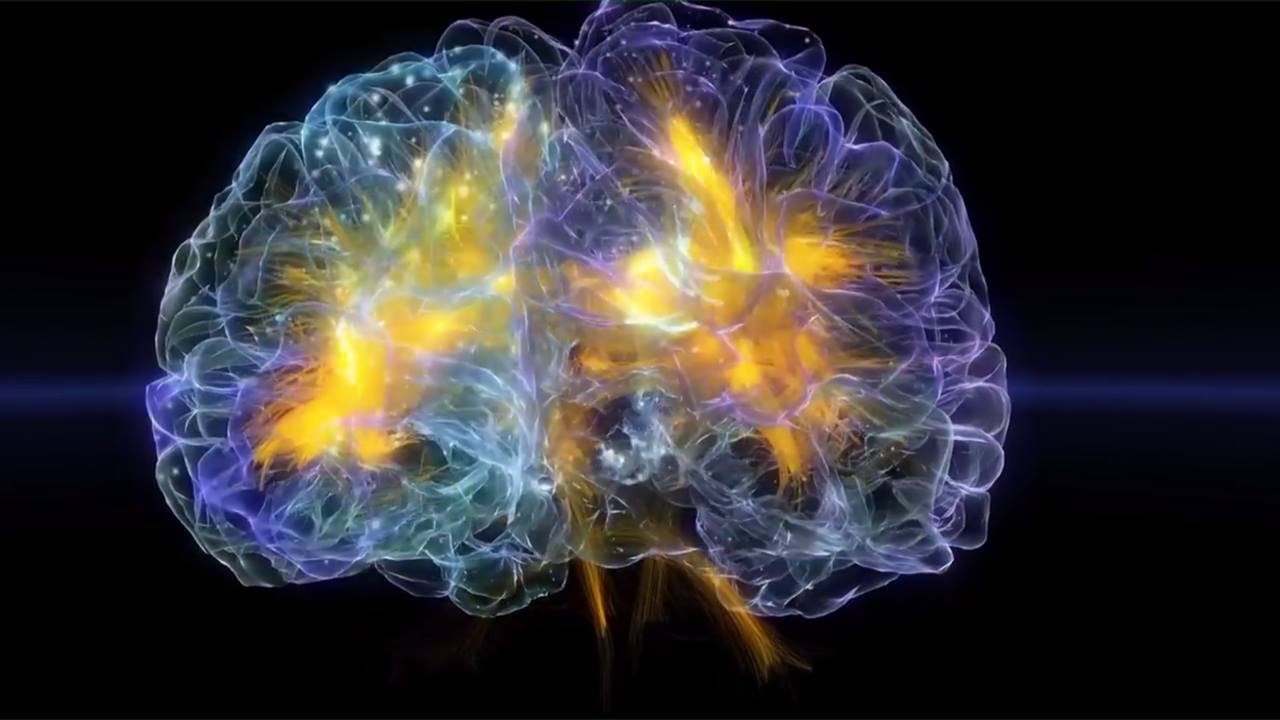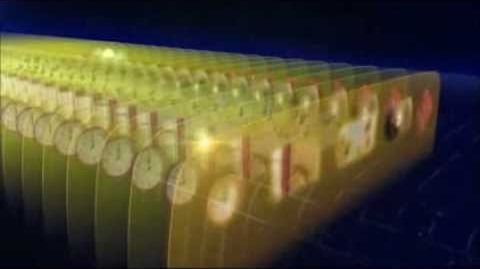Biohacking, nootropics, and the notion of optimizing one’s human performance are on a rapid rise. Nootrobox founders Geoffrey Woo and Michael Brandt are some of the foremost thinkers in this space, and they are here to have intellectual conversations that will make you THINK.
Episode 9 features Aubrey de Grey, the Chief Scientist Officer of the SENS Research Foundation. In this episode, Geoff, Michael, and Aubrey discuss the nuances of aging and health and their differing opinions and tactics of how to fully optimize these notions.
Nootrobox Twitter: twitter.com/nootrobox
Nootrobox Instagram: www.instagram.com/nootrobox/
SUBSCRIBE for updates on the latest Nootrobox content! ⚡️.
